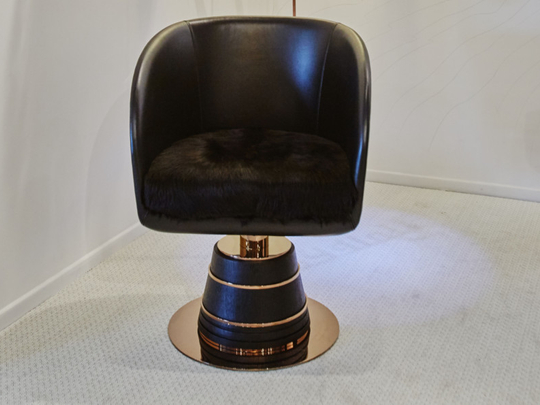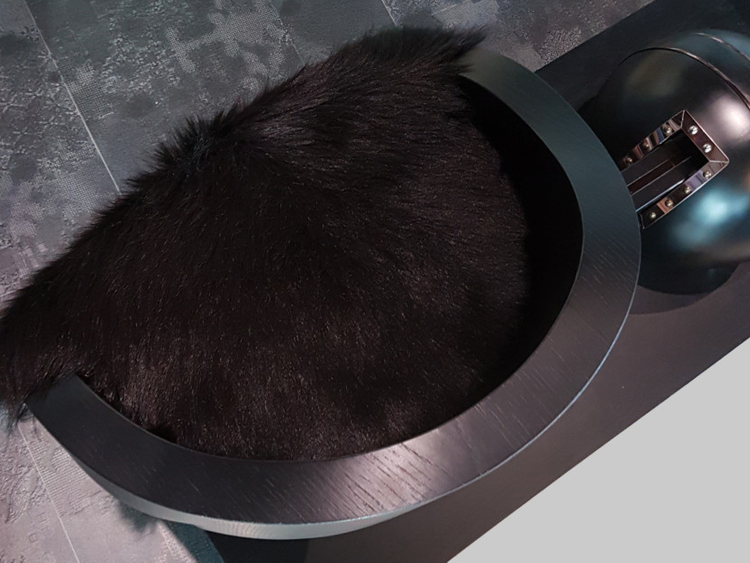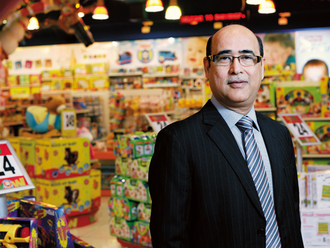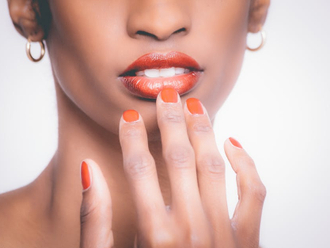
She is one of the new-gen designers in Dubai with a warren of innovative projects, both private and of social worth. Pallavi Dean was named amongst the Top 50 regional architects and designers in a list released by Architectural Digest Middle East earlier this year.
“For me it is all about making a difference in the way people live, work and even feel,” she said. “We must remember, our first duty as designers is to solve problems – for our clients and sometimes for ourselves.” Rethinking the way a current condition is presented can lead to innovative solutions, intelligent space planning, even materials and forms, she said.
Here’s a universal truth about design consultancy: clients don’t know what they want. They have a vague idea; hence, Dean holds great value in asking questions. “If you can get to know your clients better than they know themselves, and arrive at that ‘ah-ha’ moment, you’ve cracked it,” she said. “Once you figure out the goal, designing is just a case of working backwards from that ultimate objective and filling in the gaps.”
A believer in the “renaissance designer” thought – where a creative need not box oneself in a specific field, but be free to express in a multitude of media – Dean stepped into product design, debuting her first collection, Tension, at the recently concluded design fair Downtown Design. For this collection, the rare time that she was her own client, Dean decided to dig deep.
“It was my opportunity to release the angst I have felt over the past few years,” she said, referring to the diverse cultural influences that have shaped her. Dean, an Indian, has only known Dubai as her home but she will never be Emirati. Married to a British citizen means her family stands divided at the passport control at Heathrow airport. “Who am I? How do I find balance? I turned to my skills to create – the only thing as personal as these questions – to delve into these issues and find release.”
And release she did, in spectacular from. The black wood and rose gold adorned collection featuring sheepskin and camel leather is an ode to Indian, British and Emirati influences.
The Bell Chair takes its form from the traditional prayer bells from India, while Svagata, the vertical console in black marble and smoked mirror extols the virtues of the Indian welcome, an “aarti”, a Hindu religious ritual. With its pegs to hold coats, umbrellas and bags, the console reminds us of the 18th century British entrance hall staple. The Samagree light, for which Dean employed the expertise of Preciosa, plays on universal concepts of negative and positive.
Through cultural imbalances in her life, Dean has found balance. The final piece of her collection, Mezan, an haute see-saw, was produced by Indian carpenters and metalsmiths in Sharjah and Ajman. With pivoted seats that allow users to sit side-saddle in their abaya or kandora, Mezan tips its hat to the might of the UAE.
“Dubai has taught me that through our diversities, life is more vibrant,” she said of how the emirate has shaped. “And I celebrate that richness through design.”
Dean’s tips for design students
• Pay attention to the theoretical studies. One day biophelia or environmental psychology will help you create an award-winning concept. Clients hate being overwhelmed by jargon, but they love a light sprinkling of it.
• Sharpen your software skills like a spear. Be brilliant at AutoCAD, Rhino, SketchUp, PhotoShop etc – you’ll hit the ground running on day one of your internship and first job. These skills can also help you earn extra cash as a freelancer while studying.
• Take a public speaking course. You’ll have to sell your ideas and yourself every day of your design career – to employers, clients, contractors, the media etc.
• Dress well – people are judging you every minute of the day. You don’t have to spend a fortune in the era of Zara and H&M. Just choose wisely.










